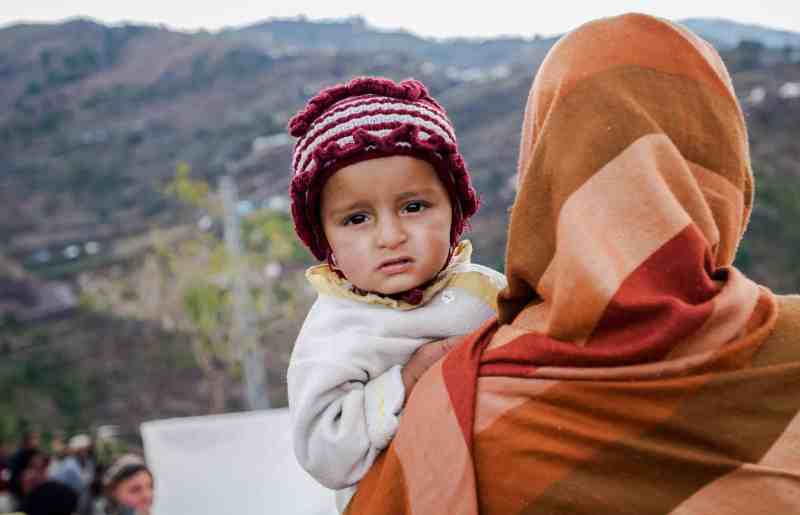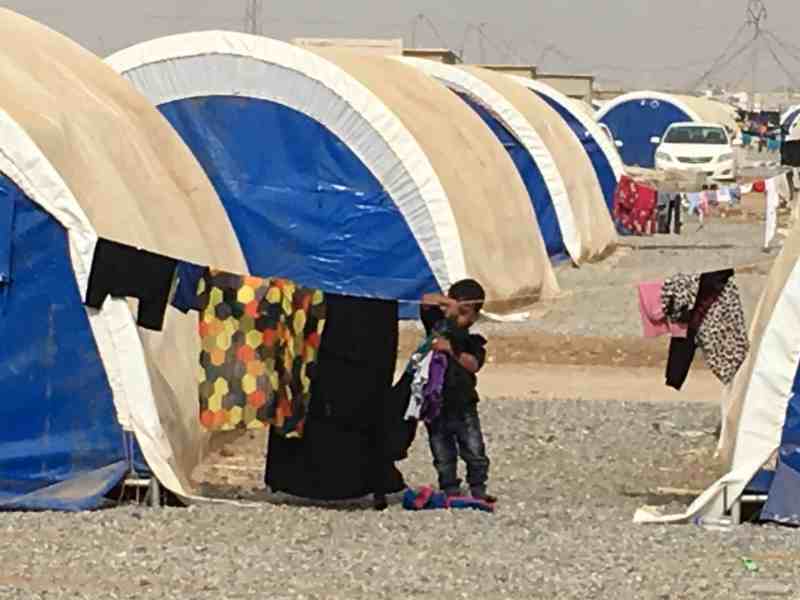Ensuring Our Best Intentions Meet Actual Needs
By Stephen Hunt
Not long after the hurricanes hit the United States last fall, CBS ran an important and informative television program called Best intentions: When disaster relief brings anything but relief. Many caring people saw this or similar articles and wondered, “How do I help in a way that really matters?”
With computers in our pockets we know within hours when a crisis or disaster happens literally on the other side of the world. While humanitarian needs and crises are not new, the opportunities we have to help are greater, and the speed in which we can respond is faster than ever before. It’s incredible that we can learn about the plight of people in a certain place, empathize with them, and — with a few clicks — serve them in tangible ways.
But we know it isn’t always that simple. Though our hearts and thoughts go out to people, it’s not always easy to know how to help them effectively, especially when you have items to donate. How can you be sure the items will be used? Will they be delivered to the right people?

Take Refugees For Example
One example of how humanitarian assistance might be a poor match for an area could be when providing for the millions of refugees in the Middle East and Africa. Aid might be boxes filled with a giant load of mismatched shoes or thick pullover sweaters that arrive right before summer. It may be that refugee camp residents’ primary need is water filters and blankets, but instead they receive virtually everything else.
Sometimes items sent are culturally insensitive, like fashionably ripped jeans from an American donor that are seen as inappropriate jeans with holes in them by recipients in the Middle East. Sometimes items received are indeed necessary and desired, but 50 percent of the shipment is damaged beyond use because they weren’t packed as needed to make it across the ocean, over the land, and through customs unscathed.
For men and women who make it their vocation to serve refugees, these situations prove difficult. Ideally those serving could make a shopping list and supply everything for everyone through local means. In reality, however, their ability to care for refugees often depends on external contributions. Faced with very limited storage space and manpower, they end up spending valuable time, energy, and money disposing of well-intentioned but unusable aid.
By contrast, imagine if the people working in a refugee compound could make a “shopping list” according to their actual and anticipated needs.
As a humanitarian aid organization, Unto™ strives to serve those who work with and among refugees by providing what they need, when they need it, how they need it. To this end, our local field team members have the opportunity to custom-select the humanitarian assistance they receive from us. This process makes a way for you to help the people you feel passionate about serving.
In Their Shoes
Consider fleeing your home with nothing but what you can carry. Once you arrive at a refugee camp, consider the difference between receiving clothes that fit versus clothes in which you feel silly. Consider receiving a new mattress versus a torn one. Imagine receiving new toys and school supplies for your children — who also have lost everything — versus having nothing to give them.

Consider receiving this critical aid, not by standing in a long line in whatever weather the day has to offer or by catching items thrown off of a truck. Instead, a person of a similar cultural heritage takes the time to bring critical supplies to your new living space, learn your name, meet your children, and hear your story.
There is a great difference between simply receiving humanitarian assistance and receiving it in such a way that truly does relieve suffering, restore dignity, and open the door for true and lasting hope. It may sound obvious, but when our partners have the right kind of aid to distribute, it greatly increases the effectiveness of their work.
Field teams at Unto work with in-country partners specifically because they, not we, will be most effective in revealing the hope of Jesus in their context. When they have resources that empower them to serve and care for refugees in the kind and personal way that refugees deserve, those being served truly experience the kindness of Jesus.
Helpful Questions to Ask When Selecting Where You Give
The question is not “if” the next crisis or disaster will happen; it is a matter of when. Rest assured that reputable humanitarian organizations do exist and are eager to come alongside you to help you do the most good and serve people at their point of greatest need. By asking a few questions, you are sure to find the right fit for your situation, and your best intentions will serve many people in just the right way.
Whether you give to Unto or another organization, consider the following questions before making a gift:
- What kind of gift is needed?
Gift of service — Are there opportunities to volunteer to answer phones, hand out water, pack meals, or clean up destroyed homes?
Gift of goods — New blankets, school supplies, or new toys often are cherished by recipients. Which gifts might not be helpful? Often soft goods, such as mattresses and used stuffed toys, are not sanitary or easy to store when responding to a disaster.
Cash Contributions — Cash gifts often can be most beneficial because they allow the organization to purchase locally what is needed, supporting the economy.
Prayer — Stay in contact with the organization by subscribing to email updates so you are aware of prayer needs.
Referrals — Serve as an advocate by referring your friends to the organization through social media.
- How can gifts be made? Does the organization accept non-cash financial gifts such as stock or real estate?
- How are funds allocated?
- How are needs assessed in the area being served?
- How is success measured? Are reports given to donors?
Finding Answers
Because of IRS regulations, answers to your questions will be easier to find than you might expect. Look for indications that show the organization is professional and well-managed. Here are some potential sources:
- Review the organization’s website.
- Check the organization’s social media sites (Facebook, Instagram, Twitter, etc.). Are they well-managed and cohesive with their messaging? Do they show information about the disaster or issue you are pursuing?
- Call the organization and ask questions.
- Review the organization’s audited financial statements and annual report.
Published March 28, 2018

Stephen has served as a content writer and researcher for Unto. He has been on staff since October 2017.





